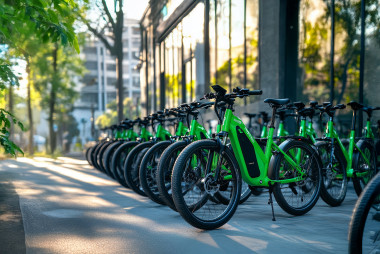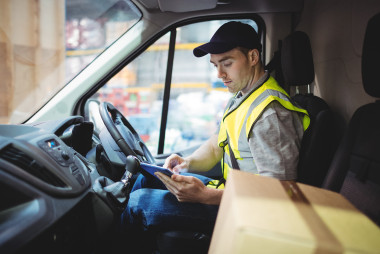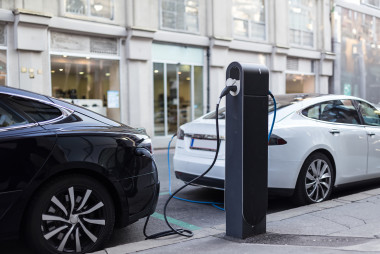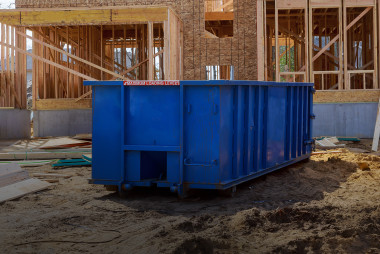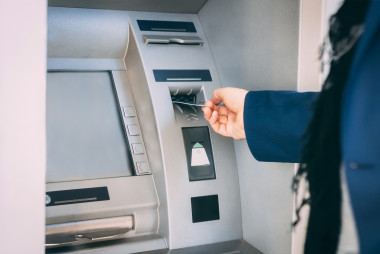INTRO
Global seafood consumption has more than doubled in the last 50 years, with overfishing, bottom trawling, the use of explosives and a wide range of illegal and/or unauthorised fishing. There is clearly a need to preserve aquaculture for present and future generations. This has led to the introduction of many fishing restrictions and regulations worldwide, but they need to be monitored, and Teltonika can help.
CHALLENGE
According to the Food and Agriculture Organization of the United Nations, trade and seafood consumption reached an all-time record in 2018 and together with it illegal, unreported, and unregulated (aka IUU) fishing occurred, which costs around $10 - 23 billion of loss for the economy each year. Sadly, IUU is the challenge facing both the aquaculture and fishing industries.
To combat IUU fishing, countries such as the Philippines have made the Vessel Monitoring System (VMS) mandatory from the year 2022 under the Philippine Fisheries Code. At the same time, the European Fisheries Control Agency (EFCA) controls and monitors fishing activities, the Department of Agriculture and Fisheries has introduced the Sustainable Fisheries Strategy and many other measures to regulate fishing vessels.
All these rules affect not only large commercial fishing vessels but also small ones and motorboats. According to research conducted by the General Fisheries Commission in 2020, 83% of all so-called small-scale fishing vessels in the Mediterranean and the Black Sea are still not equipped with location tracking devices. At the same time, all these vessels (over 87,600 of them) generate more than $3 billion in revenue each year, and this figure is growing. Nevertheless, three-quarters of Mediterranean and Black Sea stocks are being fished beyond sustainable limits. That said, fishery management and monitoring of fishing vessels and motorboats is an urgent priority.
The European Commission proposed a reform of the EU Fisheries Control Regulation in 2018, which requires that all fishing vessels, including fishing boats should have a tracking system. At the moment, only large vessels are required to use satellite-based tracking systems and small-scale vessels and boats can carry a mobile device linked to an electronic navigation chart. At the same time, there is a threat that mobile devices will be lost or the battery will discharge. Besides, if more than one person is using the boat, all mobile devices should also be connected. As stated in the research of the EU Fisheries Control Coalition, the satellite-based tracking system is more convenient and easier. As a result, it is expected that it will be mandatory for small-scale vessels and boats in the future.
In addition, the General Fisheries Commission for the Mediterranean has defined Geographical Subareas (aka GSAs), which should be used to monitor the tracking of vessels. Because of that, the new system has reduced overfishing by more than 10%, which shows that it works. Established borders are a key feature of controlling IUU fishing activities. Local monitoring is, therefore, the main attribute here that needs to be addressed, and Teltonika can contribute to solving the challenge.
SOLUTION
With both 2G and 3G networks expected to be phased out in the next few years, we choose FMC230 model - a water-resistant real-time tracking terminal with LTE Cat 1 connectivity and 2G fallback, which is a preferred option for monitoring water transport. The latest addition to the range of IP67-rated GPS trackers can add value to the tracking of small fishing vessels and motorboats, including their location.
According to key numbers of the Mediterranean Posidonia Network, the highest density of fishing boat tracks is noticeable on seaboards. What is more, research on Vodafone maritime mobility showed that most vessels spend around 60% of their operating time in areas with 4G LTE connectivity.
Given this, FMC230 is a more appropriate choice because of the LTE Cat 1 technology support. The Coverage Analysis indicated that this technology has deep coverage and greater radio signal penetration where minimum latency and better mobility are required, which is essential for tracking fishing boats. What is more, LTE Cat 1 connectivity can even be reached within 53 nautical miles in perfect conditions. Overall, it depends on several factors such as the type of terrestrial antennas, their power and height, weather, landscape, environmental conditions, etc.
Even if the connection is lost, the model can store the data of a location in its 128 MB Flash memory (or up to 422 400 records) and send it to a server at the time the connection is available again. What is more, FMC230 is implemented with Static Navigation mode by which the challenge related to the vessel location can be met. This functionality filters out track jumps when the object is stationary. If the static navigation filter is disabled, it will apply no changes to GPS data. This feature lowers the possibility of inaccurate location detection and ensures protection from misunderstandings of the IUU fishing.

Secondly, the certified IP67-rated casing can protect against water, which is critical for the marine industry, including small fishing vessel tracking. It safeguards FMC230 from moisture and can withstand water hose and jet spray and can withstand brief immersion in water at depths of 150 mm to 1,000 mm for up to a maximum of 30 minutes. According to the study by the U.S. Federal Highway Administration (FHWA), ship corrosion is a significant hazard for the industry which costs $2.7 billion annually, as a result, prevention of it is essential for cost reduction.
To save even more valuable resources, the casing of FMC230 also ensures ease of use. The implementation of an innovative two-phase closing saves the time of integration because no additional tools are needed to open or close it. Moreover, the model can be ordered as a 'ready-to-use' device helping to avoid pricey errors, keep tedious and time-consuming setup and installation routines to a minimum.
To go further, the water-resistant GPS tracker needs to be connected by cable to a power source - a boat or motorboat battery. There are two types of cable to choose from - Standard and U-type, each specifically designed for this purpose, IP67-rated and made to order. The two cable options extend the installation possibilities as FMC230 can be mounted anywhere in the cabin or outdoors. Please note that the U-type cable is recommended for easier installation and basic GPS tracking.
Thanks to usage scenarios functionality, such as GSM signal jamming detection, unplug detection, auto geofence and immobilizer scenarios, Teltonika GPS devices allow to initiate preventive actions against valuable asset thefts by triggering an alarm system, instant notifications, blocking starter and so on. To finish, their firmware updates and configuration changes can be made remotely using FOTA WEB tool - a powerful software solution helping to manage Teltonika vehicle GPS trackers with absolute efficiency.
TOPOLOGY
BENEFITS
- Reliable tracking in challenging climates - thanks to its IP67-rated casing and LTE Cat 1 connectivity combo, FMC230 can be successfully used in the fishing industry, monsoon regions and humid subtropical or oceanic climates, as it is water-resistant and protected against temporary submersion in water.
- Innovative and certified click-type casing provides both decent protection and ease of use, requiring no additional tools to open and/or close. As the casing is fitted with a TPE material gasket that is resistant to salt water, it can be used in marine environments.
- Static Navigation mode ensures accurate position tracking and helps avoid misunderstandings related to IUU fishing, which is important when a fishing vessel or motorboat is not stationary and drifting on the waves.
- Multiple FMC230 model mounting options - to suit the needs of a fishing fleet, different types of cable can be selected and connected to the GPS tracker as required.
- Helps protect fishing fleets - thanks to their wide range of applications, Teltonika GPS devices can help prevent the theft of valuable assets such as motorboats and vessels.
- 'Ready-to-use' GPS tracker ordering alternative for various product branding options, smarter time and resource management for large and long-term telematics projects.
WHY TELTONIKA?
To successfully solve the challenges associated with tracking and monitoring small vessels and motorboats in the fishing industry, we offer a unique choice from Teltonika - the new FMx2 series FMC230 vehicle GPS tracker with LTE Cat 1 connectivity and innovative water-resistant click-type IP67-rated casing.
We are the place to go for everything you need to succeed - the widest range of high-quality, certified GPS trackers, accessories, and solutions for every conceivable vehicle telematics application. A strong and growing team of professionals is responsible for research and development, engineering, impeccable product quality, modern design and, of course, top-rated customer support. We are proud that our GPS devices are used and trusted by our business partners and customers around the world.
Featured product
FMC230Robust IP67-rated casing provides trusted protection against dust and resistance to water
Innovative click-type two-phase closing with no additional tools needed
Standard and U-type cable options available to ensure easy and fast installation
Bluetooth® LE-based wireless connection of external devices, including Low Energy beacons and sensors to monitor temperature, humidity, magnet detection, and movement


